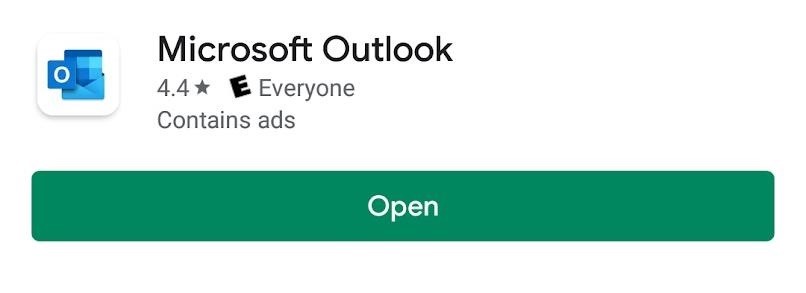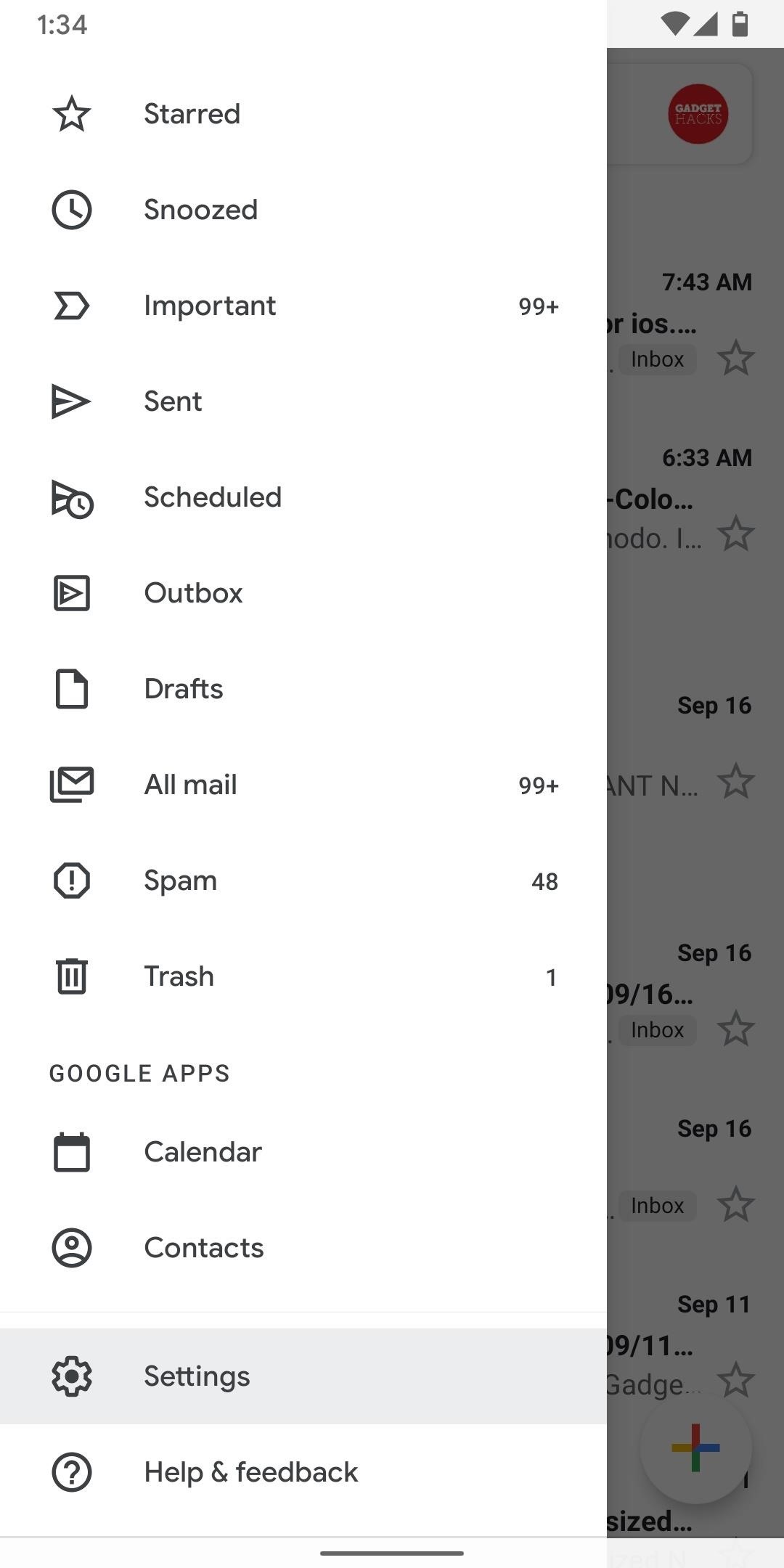A one-man e-commerce site that pays off well
Simple design, plus usability, equals profitability.
With all the moaning about “dot-bombs,” it’s nice to find e-businesses that are simple in design, small in scale, but still provide the owner with financial rewards.
ISBN.nu is one such site. Operated out of a small, shared office building that I’ve visited in Seattle, the site allows visitors to compare the book prices and delivery times offered by several different online booksellers. If users ultimately buy a book from a vendor, the bookseller returns a percentage of the sale to ISBN.nu under a standard affiliate relationship program.
Besides being profitable, ISBN.nu shows how a site with a simple design can score well with search engines. More than 130,000 ISBN.nu pages are indexed by Google.com, for example. This compares extremely well with Edmunds.com, a well-known auto-buying site that has 55,000 pages indexed by Google, as I described in E-Business Secrets two weeks ago.
If you perform a search at Google for “Designing Web Usability” (including the quote marks), ISBN.nu shows up at position 17 out of 11,900 listings for the Jakob Nielsen book, not counting subsidiary listings by the same domain. If you click this link, the resulting page at ISBN.nu shows prices ranging from $23.50 to $45.00 for the same book, with delivery times varying from two days to seven weeks.
Glenn Fleishman, a former catalog manager at Amazon.com, pays no employees and handles most of the development of the site himself, although he occasionally asks friends for advice or one-time programming help.
After starting the site in September 1998, Fleishman says it soon became profitable enough to justify his time and expenses. He provided E-Business Secrets with a breakdown of his gross revenues per calendar year:
1999 $14,000
2000 $52,000
2001 $100,000
2002 $80,000 (projected)
Fleishman says his revenues since the burst of the dot-com bubble have roughly tracked the general economy’s ups and downs, explaining the drop-off from 2001 to his estimated 2002 revenue.
Since his graphics-light site is fairly low-bandwidth, Fleishman’s main expense is about $30,000 per year to license updated databases of every ISBN (International Standard Book Number) that exists. These databases provide his site with title and author information, as well as basic descriptions of each book.
That should leave Fleishman with a net income from ISBN.nu of about $50,000 this year. Because he says he now spends only five hours a week administering the needs of the site and its users, that’s a fine return on his time. He spends the rest of his workweek on his main activity, writing books. (He’s currently working on “Real World Adobe GoLive 6.”)
With most of his traffic coming from the search engines Google, Yahoo, and MSN, Fleishman found that paid advertising wasn’t cost-effective for him, so he ceased it last year. That makes his site’s “indexability” even more important. But what’s remarkable is that ISBN.nu doesn’t have 130,000 pages on its server, or anything like it. I’ll reveal the mystery of how ISBN.nu gets so many pages into search engines in the next issue of E-Business Secrets.
NEXT WEEK: A simple technique that any content-rich Web site can use to make its pages show up well for search engine “spiders.”
ISBN.nu — A price-comparison example:
A search showing the number of ISBN.nu pages at Google:
– – – – – – – – – – – – – – – – – – – – – – – – – – – –
E-BUSINESS TECH REVIEW: HOW SPAMMERS GET YOUR ADDRESS
dslreports.com, a respected source of information about broadband Internet connections, has just published a fascinating experiment showing how the senders of unsolicited bulk e-mail (spam) exploit e-mail addresses they find on Web pages.
Justin Beech, the creator and Webmaster of dslreports.com, says he created in May 2001 a hidden link on his site. When followed, this link does nothing but generate a page containing a random e-mail address. Each unique address allows him to track its use by different spammers. His purpose was to see how soon each new address would be discovered by “harvesting” software and would start receiving spam.
He didn’t have to wait long. Only eight hours after a harvesting robot first encountered the generated page, Beech’s dummy address received its first piece of spam. By Feb. 16, 2002, when he decided to report on the experiment, this address was receiving one or more spam messages a day — all due to a single spammer. Multiply this by 1,000 “entrepreneurs” and you can see why spam will gridlock the Internet if allowed to continue.
The report itself is fascinating, showing the sometimes-hilarious subject lines of the messages that were received. (“If you don’t have idea about Christmas gift, we give you best choose.”) But there’s no relief in sight: Even though Beech’s experiment collected the IP address of the offender, the “abuse” department of the spammer’s Internet service provider didn’t even respond to an e-mail complaint.
dslreports.com’s experiment in tracking spammers:
– – – – – – – – – – – – – – – – – – – – – – – – – – – –
LIVINGSTON’S TOP 10 NEWS PICKS O’ THE WEEK
1. E-commerce to grow 68 percent in 2002 to $1 trillion
2. More people shunning search engines for direct links
3. Service helps surfers circumvent Internet blockages
4. Major retailers consider abandoning e-commerce sites
5. Congressional Quarterly earns $200K in e-mail subs
6. With 500,000 Web logs, there must be a market
7. Web designer vs. usability tester on “best design”
8. John Percival on his renowned vBulletin software
9. HTML tips: Reduce the material in your HEAD tag
10. How censorship deprived a town of Internet access
– – – – – – – – – – – – – – – – – – – – – – – – – – – –
WACKY WEB WEEK: ‘NASA KIDS’ SITE SHOWS FLASH DONE RIGHT
There’s been plenty of criticism of sites that use Flash animations as a substitute for intelligent home page design. And a “Skip Intro” link is sure to cut down on your search engine listings. But the NASA Kids site, a part of NASA.gov, does it right by providing home page versions with and without some very well-made Flash art.
After you click the link below, be sure to click the spot entitled “I Have Flash, Show the Site Animated” on the right-hand side of the screen. This transforms the page: The distant Earth revolves in space, Saturn’s rings gyrate, and so forth. The animated page has a different parameter in its URL than the static page, so you can save either version as a Favorite link for your kids.
“NASA Kids” shows the right way to use flash; cool, too
– – – – – – – – – – – – – – – – – – – – – – – – – – – –
E-BUSINESS SECRETS: Our mission is to bring you such useful and thought-provoking information about the Web that you actually look forward to reading your e-mail.
ABOUT THE AUTHOR: E-Business Secrets is written by InfoWorld Contributing Editor Brian Livingston ( Research director is Ben Livingston (no relation). Brian has published 10 books, including:
Windows Me Secrets:
Windows 2000 Secrets:
Win a gift certificate good for a book, CD, or DVD of your choice if you’re the first to send a tip Brian prints: mailto:[email protected]




